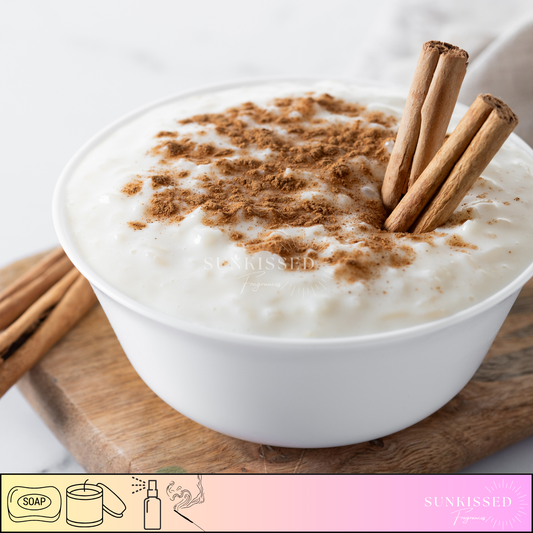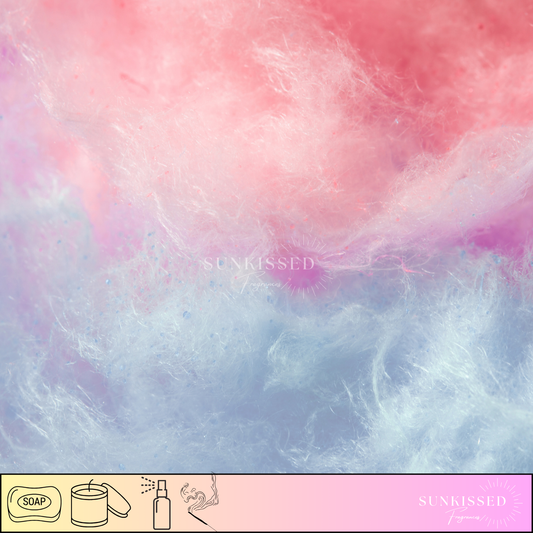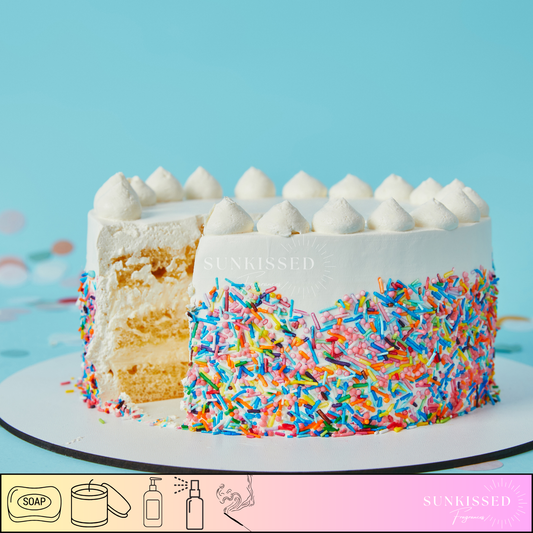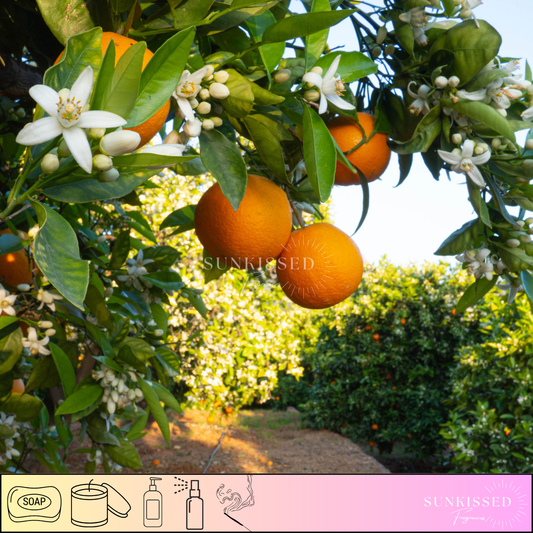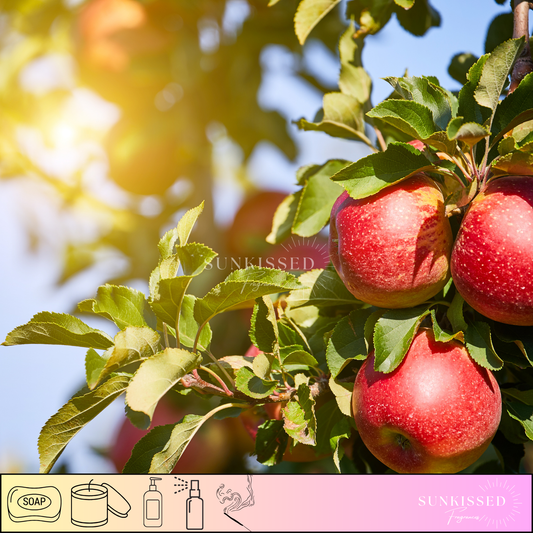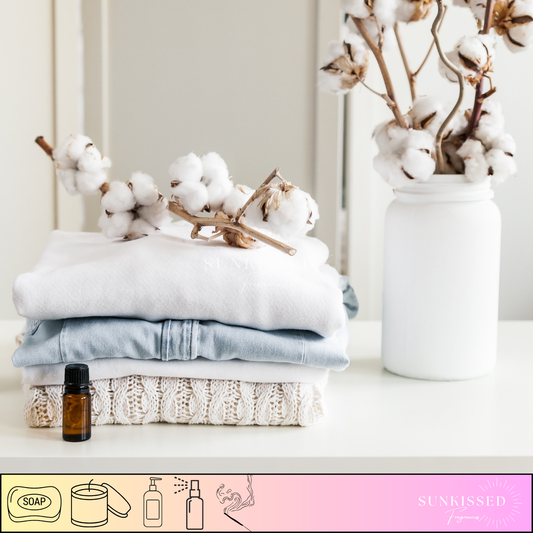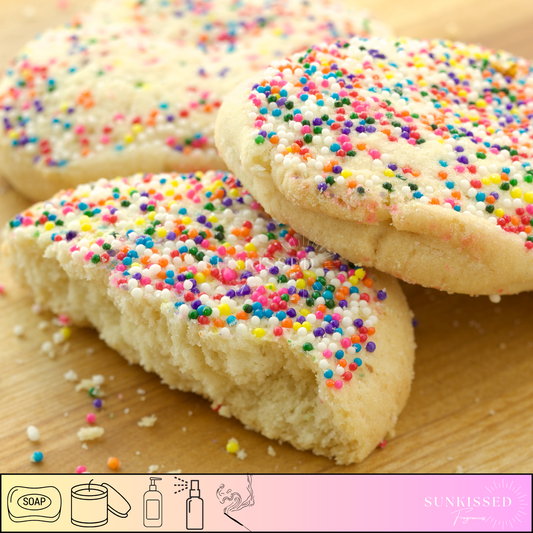
💰 Building a Business Budget: Where to Spend and Where to Save
Estimated Read Time: 10–12 minutes
Budgeting isn’t just about cutting costs—it’s about creating a roadmap for sustainable growth. Whether you’re a solo maker or managing a growing team, your budget tells the story of what’s working, what needs fixing, and what’s fueling your future.
In this expanded guide, we’re going deeper into how to build a smart, scalable business budget that supports both profitability and creativity. We’ll walk you through the essentials—from cost breakdowns and pricing strategy to real-world examples, templates, seasonal planning, and tools that make the math easier (like our free Sun Kissed Fragrances calculator).
💡 Why a Budget Isn't Optional
According to U.S. Bank, 82% of small businesses fail because of poor cash flow—not lack of customers. A clear, intentional budget helps you:
- See where your money is going
- Price products correctly
- Plan for seasonal shifts
- Make smarter, faster decisions
- Avoid burnout and panic-spending
🧾 Understanding Your Costs: COGS vs. Overhead
🔹 COGS (Cost of Goods Sold)
These are direct costs tied to making each item and increase with every unit produced.
Examples:
- Raw materials (wax, fragrance, soap base)
- Jars, bottles, lids
- Product labels & shrink wrap
- Packaging & dunnage
- Labor (production time)
🔹 Overhead
These are fixed or semi-fixed costs that don't fluctuate much with production volume.
Examples:
- Rent or workspace
- Utilities (electric, water)
- Software & website fees
- Insurance
- Business licenses & bank fees
- Monthly subscriptions (email platforms, design tools, etc.)
💡 Example: Making 250 candles a month
- COGS: $4.10 materials + $2.50 labor = $6.60
- Overhead (shared across 250 units): $500 ÷ 250 = $2
- Total Cost per Candle = $8.60
📋 Sample Budget Template (Monthly)
| Category | Budget |
|---|---|
| Raw Materials (COGS) | $2,000 |
| Labor (In-House) | $1,200 |
| Marketing & Ads | $400 |
| Subscriptions/Tools | $150 |
| Shipping Supplies | $350 |
| Rent/Utilities | $500 |
| Taxes & Fees Savings | $500 |
| Profit Rollover | $600 |
| Total | $5,700 |
🧴 Real-World Example: Body Butter Brand
Meet Mia, who sells 100 jars of body butter at $15 each:
- COGS per jar: $3.75
- Labor per jar: $2.00
- Fixed monthly overhead: $300
- Total monthly revenue: $1,500
- Total costs: COGS ($375) + Labor ($200) + Overhead ($300) = $875
- Net profit before taxes: $625
Mia reinvests $200 into marketing and saves $150 for taxes. The remaining $275 rolls into the next month.
Platform Fees, Shipping Costs & Discount Math: What They Really Take from Your Margin
🛍️ 1. Selling on Your Own Website
$20 candle on Shopify:
- COGS (materials): $4.50
- Labor: $2.00
- Overhead (portion per unit): $2.00
- Shopify + Stripe fee (2.9% + $0.30): $0.88
- Total cost per unit: $9.38
- Profit: $10.62
- Profit margin: 53.1%
Pros: Lower transaction fees, you own customer relationships Cons: You pay for site maintenance and must drive your own traffic
🧺 2. Selling on a Marketplace (Etsy, Amazon, Faire)
$20 candle on Etsy:
- Etsy listing fee: $0.20
- Etsy transaction fee (6.5%): $1.30
- Etsy payment processing (3% + $0.25): $0.85
- COGS: $4.50
- Labor: $2.00
- Overhead: $2.00
- Total cost per unit: $10.85
- Profit: $9.15
- Profit margin: 45.8%
🟡 Not bad—but you're losing ~$1.50 more per sale vs. your own site.
💡 Amazon Seller Central fees for individual sellers are ~$0.99 per item + 8–15% commission depending on product type. For a $20 product, Amazon could take $3–$4 in total fees, dropping your profit even more.
🚚 3. Offering Free Shipping (Built Into Price)
Let's say you offer free shipping on your website and charge $25 instead of $20, baking the shipping cost into the price.
- Shipping cost (USPS or UPS): $4.95
- COGS: $4.50
- Labor: $2.00
- Overhead: $2.00
- Platform fees (based on $25): $1.03
- Total cost per unit: $14.48
- Profit: $10.52
- Profit margin: 42.1%
✅ Feels better to customers than charging $20 + $5 shipping ✅ Encourages higher conversions 🚫 Margin shrinks, especially if shipping zones vary
💡 Offering free shipping only after a cart hits $50+ helps protect margins.
🔖 4. Running a 20% Off Sale
Let's look at what happens if you run a 20% off sale on your website:
- Sale price: $16
- COGS: $4.50
- Labor: $2.00
- Overhead: $2.00
- Platform fee (2.9% + $0.30): $0.77
- Total cost: $9.27
- Profit: $6.73
- Profit margin: 42.1%
That's $3.89 less profit per item compared to full price. If you sell 100 candles on sale, that's $389 in lost margin.
✅ Sales drive urgency 🚫 Use strategically—too often and you train people to wait
📊 Profit Margin Comparison Summary
| Scenario | Final Price | Total Costs | Profit | Margin |
|---|---|---|---|---|
| Own Website (no discount) | $20 | $9.38 | $10.62 | 53.1% |
| Marketplace (Etsy) | $20 | $10.85 | $9.15 | 45.8% |
| Free Shipping (price $25) | $25 | $14.48 | $10.52 | 42.1% |
| 20% Off Sale | $16 | $9.27 | $6.73 | 42.1% |
🧠 Takeaways
- Selling on your own website gives you the best margin—but requires driving traffic
- Marketplaces offer reach but eat into profits with fees
- Free shipping increases conversions—but can shrink margins if not priced smartly
- Discounts are useful—but costly if overused
📉 Why You Need a Pricing Calculator
It's one thing to build a budget—it's another to calculate pricing that covers everything. Using a pricing calculator allows you to: Sun Kissed Fragrances calculator
- Input your exact material costs, labor, and overhead
- Toggle between individual vs. case pricing
- Compare retail and wholesale pricing strategies
- View real-time profit margins and markup percentage
✅ Where to Spend in Your Business Budget
Knowing where to invest is just as important as knowing where to save.
-
Product Quality Don't skimp on ingredients, base materials, or performance. A great product = repeat buyers.
-
Customer Experience Support tools, return systems, and timely shipping turn first-time buyers into fans.
-
Website & Branding A clear, mobile-friendly, fast site can double your conversions. Don't overlook your visuals, UX, and product pages.
-
Marketing That Works Invest in what drives revenue. This might include influencer content, email flows, or paid ads—whichever gives you the best ROI.
-
Professional Services Legal, tax, or bookkeeping help can protect you from costly mistakes.
🚫 Where to Save (Without Sacrificing Quality)
Cutting wisely increases your margins. Here's where you can reduce spending:
-
Too Many Product Variants Track your sales data. Focus on the top 20% of products that drive 80% of revenue.
-
Fancy Packaging Too Early Use high-quality stock packaging and custom labels until sales volume justifies a branded upgrade.
-
Overlapping Software Audit your subscriptions quarterly. Eliminate tools with duplicated features.
-
Constant Discounts Train your audience to buy at full price. Use bundles, free shipping thresholds, or exclusives instead.
-
Early Hiring Before hiring, consider batching, automation, or outsourcing on a project basis.
🗓 Adjusting Your Budget Seasonally
Sales and expenses ebb and flow throughout the year. Budget planning must adapt to the retail cycle.
| Quarter | Focus |
|---|---|
| Q1 | Slow sales. Restocking, R&D, taxes |
| Q2 | Spring launches. Re-engagement marketing |
| Q3 | Production, ads, and content for Q4 |
| Q4 | Peak season. Focus on fulfillment, inventory, CX |
💡 Pro Tip: Use your Q4 profits to fund Q1's slower period.
🧰 Use Multiple Budget Views
Here's how to manage your budget at different levels:
- Monthly operating budget: COGS, subscriptions, labor, marketing
- Product launch budget: Labels, packaging, promo, samples
- Seasonal strategy budget: Q4 advertising, holiday prep
- Annual forecast: Taxes, warehouse upgrades, team expansion
Using segmented budgets helps you zoom in when needed—without losing the big picture.
🔁 Review Your Budget Regularly
| Frequency | What to Track |
|---|---|
| Monthly | Expenses, sales, tool effectiveness |
| Quarterly | Product performance, inventory, pricing |
| Annually | Tax planning, major investments, scaling |
📌 Set recurring calendar events to stay on top of it. Even a 30-minute review can save hundreds in overspending or missed opportunities.
🧠 Final Thoughts
A great budget is not about penny-pinching—it's about knowing your business deeply. When you understand your numbers, you gain power. You make pricing decisions faster. You know when to scale. You know when to say no.
You can build a profitable, intentional business—even as a team of one.
📌 Tags
#BusinessBudgeting #ProductPricingTools #MakerProfitability #SeasonalBudgeting #SmartSpending


